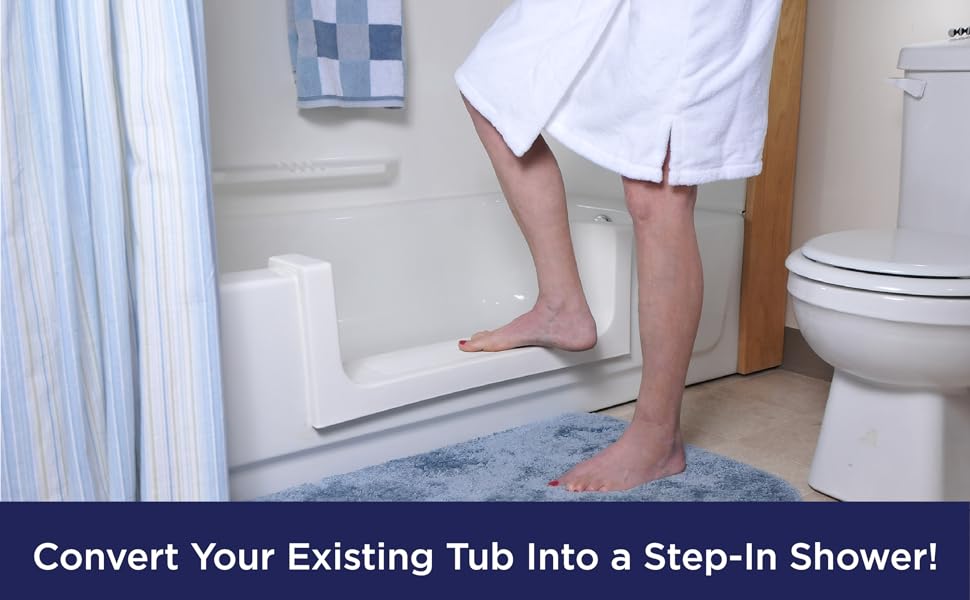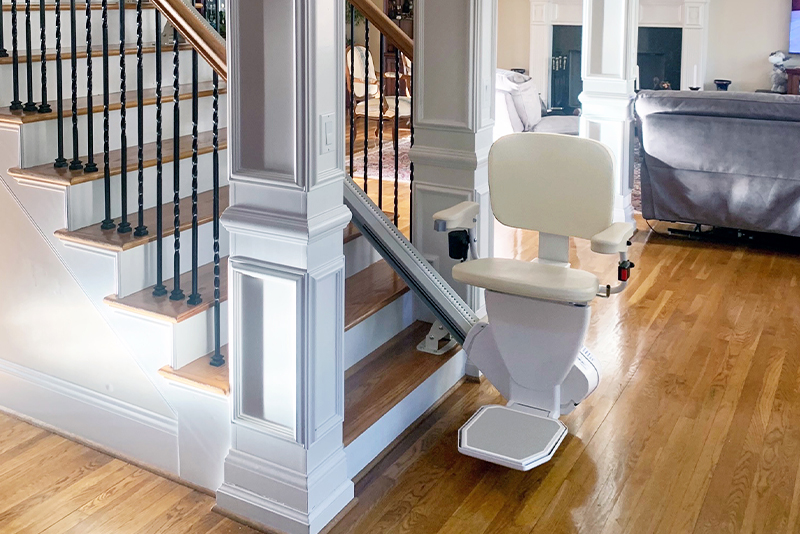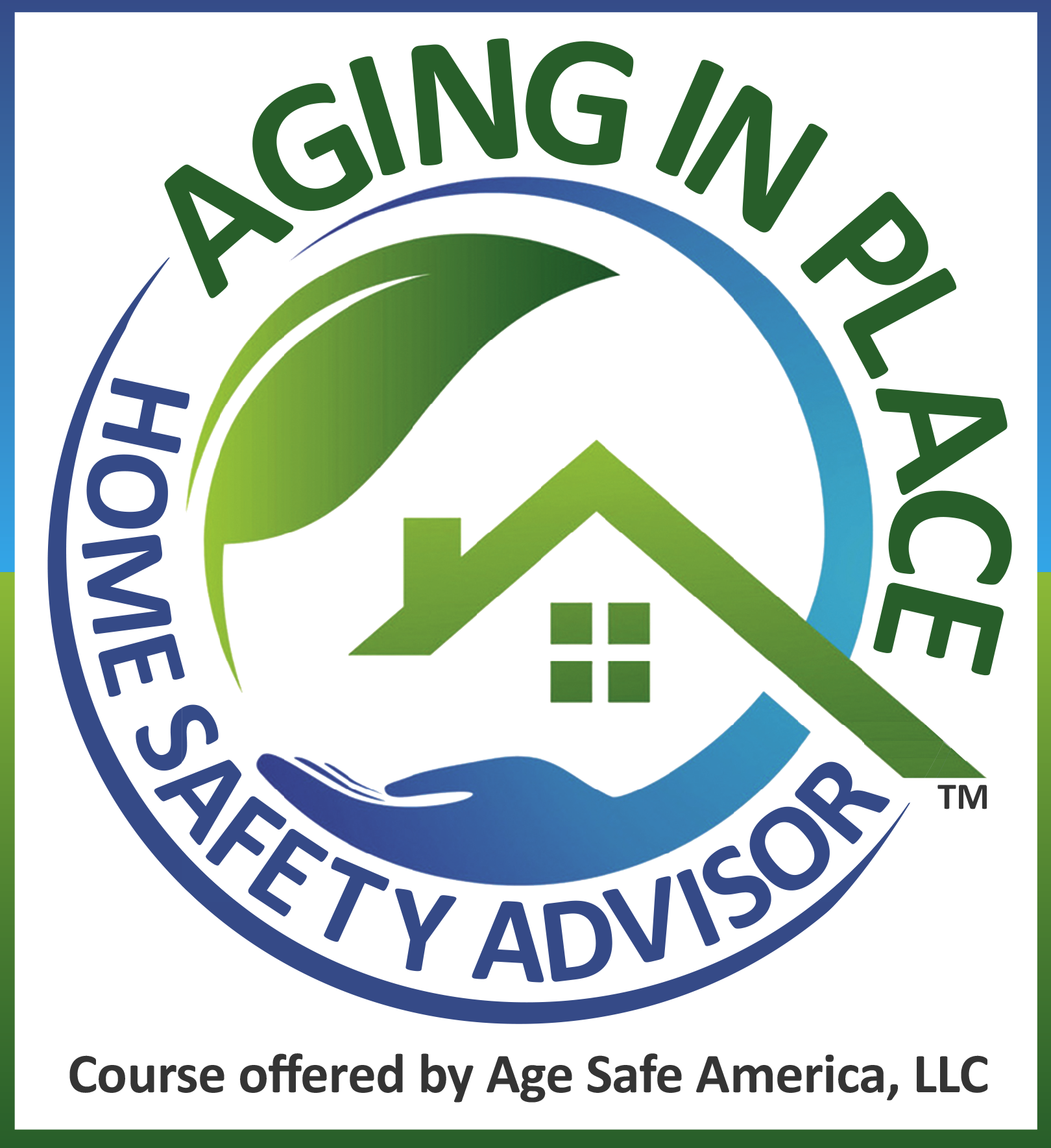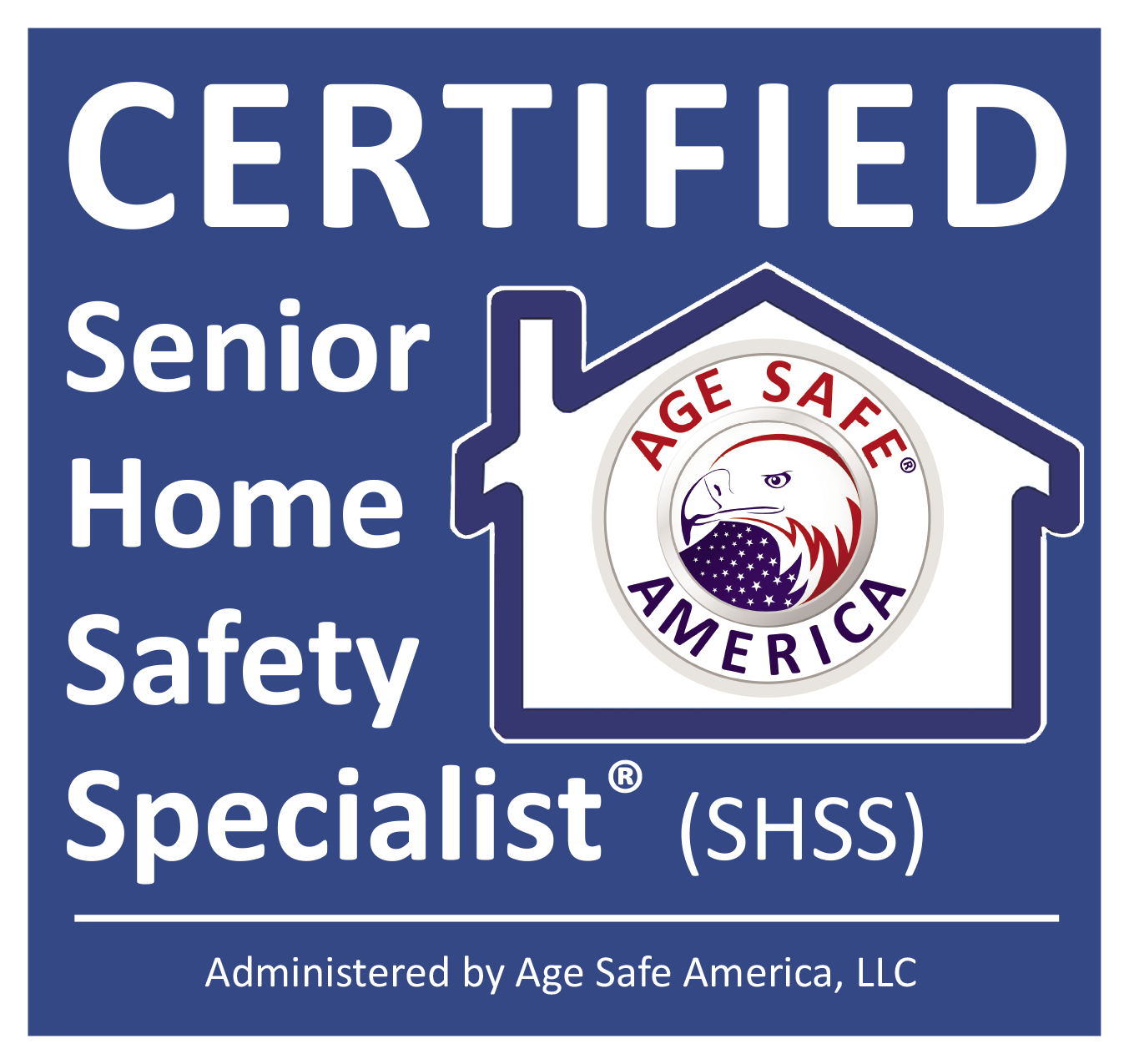by leeashworth61
Share
by leeashworth61

Aging in place refers to the ability to live independently in one’s own home as one ages, which can be particularly challenging in a two-story home. One of the primary concerns for older adults is navigating stairs, which can pose significant safety risks. According to research, falls are a leading cause of injury among seniors, with many occurring in the home, particularly on stairs. Therefore, assessing whether residents can safely manage stairs is crucial.
Can Residents Manage Stairs?
- Assessing Mobility: The first step is to evaluate whether the residents can safely navigate stairs. This includes considering their physical health, balance, and any mobility aids they may use. If they can manage stairs, it’s essential to implement safety measures to reduce the risk of falls.
- Safety Enhancements for Stairs: If residents can use stairs, several modifications can enhance safety:
- Improved Lighting: Ensure that stairways are well-lit. Consider installing brighter LED bulbs, motion-sensor lights, or light strips along the edges of the stairs to improve visibility.
- Handrails: Install sturdy handrails on both sides of the staircase. This provides support and stability when ascending or descending.
- Non-Slip Treads: Adding non-slip treads or carpet runners can help prevent slips. Ensure that any rugs are secured to avoid bunching, which can create tripping hazards.
- Regular Maintenance: Keep stairs clear of clutter and ensure that any loose carpeting or flooring is repaired promptly.
If Residents Cannot Manage Stairs
If the residents are unable to navigate stairs safely, there are several options to consider:
- Assistance with Mobility:
- Stair Lifts or Elevators: Installing a stair lift or a residential elevator can provide a safe and convenient way to move between floors. While stair lifts can be less expensive, elevators offer a more permanent solution but come with higher installation costs, typically ranging from $20,000 to $30,000.
- Relocating Essential Rooms:
- Main Floor Living: Consider moving essential living spaces, such as the master bedroom, bathroom, and laundry, to the main floor. This can eliminate the need to navigate stairs entirely and can often be achieved through remodeling, which may be more cost-effective than moving.
- Relocation:
- Moving to a Single-Story Home: If modifications are not feasible or desirable, moving to a single-story home may be the best option. This can provide a safer living environment without the challenges of stairs. However, it’s essential to consider the costs associated with moving, including real estate fees and the potential for higher living expenses in a new area.
Cost Considerations
When evaluating options, it’s important to consider the financial implications. Assisted living facilities can be expensive, often ranging from $3,000 to $6,000 per month, depending on the level of care required and location. In contrast, investing in home modifications or relocating to a more suitable home may provide a more affordable long-term solution.
Conclusion
Aging in place in a two-story home requires careful consideration of mobility and safety. Whether residents can manage stairs or need alternatives, there are various strategies to ensure a safe and comfortable living environment. By assessing individual needs and exploring available options, seniors can maintain their independence while minimizing risks associated with aging in place.
An affordable solution to enhance accessibility and reduce fall risks.
Discover how in-law suites can provide independence and comfort for your aging loved ones while keeping them close to family.
Ensuring Safe and Easy Access to All Levels of Your Home
Don't Compromise Safety and Accessibility in Your Senior-Friendly Home Renovation







